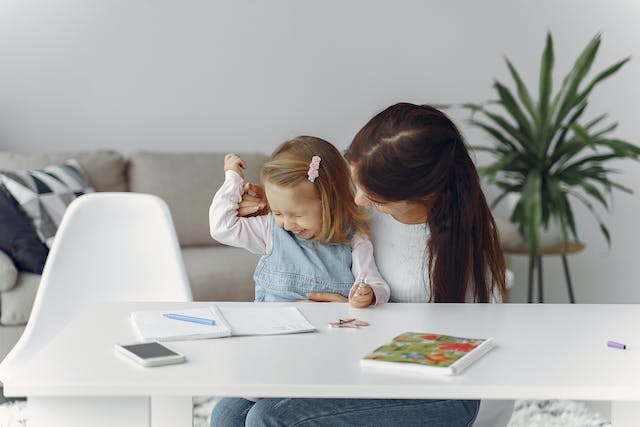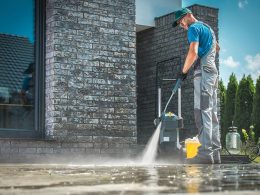Introduction:
Imagine the scenario: your once-pristine living room has been transformed into a battlefield strewn with action figures, Legos, and stuffed animals. The kitchen table has become a canvas for your child’s latest art project, complete with scattered crayons and paper. Toy tornadoes seem to touch down daily, leaving a trail of clutter and chaos in their wake. If you’re a parent, this scene probably feels all too familiar. In the quest to teach kids cleanliness and bring some order to the daily whirlwind of toys, parenting can sometimes resemble a never-ending battle. at the end of the tunnel, and it’s not just about tidy rooms; it’s about instilling lifelong skills and nurturing a strong parent-child connection. Our journey will take us into the realm of parenting and cleanliness, with a particular focus on the invaluable wisdom of two distinguished experts, Adele Faber and Elaine Mazlish Before we dive into advanced techniques, that parents face when trying to instill cleanliness in their children. Toy clutter, messy rooms, and a resistance to cleaning are some of the hurdles we often encounter.

Wisdom of Faber
Adele Faber and Elaine Mazlish, best known for their groundbreaking work in communication and parenting, have a wealth of knowledge to offer. With their expertise, you can transform the chaos into order while strengthening the parent-child bond.
Advanced Strategies for Cleanliness
1. Encouragement over Praise
Discover the subtle yet powerful difference between praising and encouraging your child’s cleanliness efforts. We’ll explore how positive reinforcement can motivate them to clean up independently.
2. Acknowledging Feelings
Learn the art of empathetic listening, a technique championed by Faber and Mazlish. By acknowledging your child’s feelings about cleaning, you can help them feel heard and understood, making cooperation more likely.
3. Problem-Solving Together
We’ll explore how involving your children in problem-solving can lead to lasting changes in their cleanliness habits. This collaborative approach empowers them to take ownership of their space.
4. Praise in Descriptive Ways
Discover the magic of descriptive praise and how it can boost your child’s self-esteem while reinforcing their positive behavior.
5. Natural and Logical Consequences
Explore the concept of natural and logical consequences as effective tools in teaching cleanliness. Learn how to implement these consequences constructively.

KeyPoint:
| Strategy | Key Features | Benefits |
|---|---|---|
| Encouragement | Positive reinforcement | independent cleaning motivation |
| Acknowledging Feelings | Empathetic listening | Improved parent-child communication |
| Problem-Solving Together | Collaborative approach | Child takes ownership of cleanliness. |
| Praise in Descriptive Ways | Boosts Self-esteem | Reinforces positive behavior. |
| Natural and Logical Consequences | Effective teaching tools | Constructive habit formation |
Conclusion
In the whirlwind of parenthood, where toy tornadoes are a daily occurrence, finding effective strategies to teach kids cleanliness is nothing short of a blessing. Adele Faber and Elaine Mazlish, renowned experts in parenting and communication, offer an invaluable treasure trove of wisdom for parents seeking to transform their homes from chaotic battlegrounds to peaceful sanctuaries. The journey to unlocking the secrets of kid-friendly cleanliness may have its share of challenges, but with the guidance of Faber and Mazlish, it becomes a fulfilling and enriching experience. From understanding the common struggles parents face to exploring advanced strategies, this article has offered you a roadmap towards a more organized and harmonious family life. Through their groundbreaking work, Faber and Mazlish have revealed the transformative power of encouragement over praise. By choosing positive reinforcement, you can motivate your children to embrace cleanliness willingly. Moreover, the art of acknowledging your child’s feelings and involving them in problem-solving can create a more open, cooperative atmosphere. Descriptive praise and the judicious use of natural and logical consequences can further enhance the effectiveness of your teaching methods.










